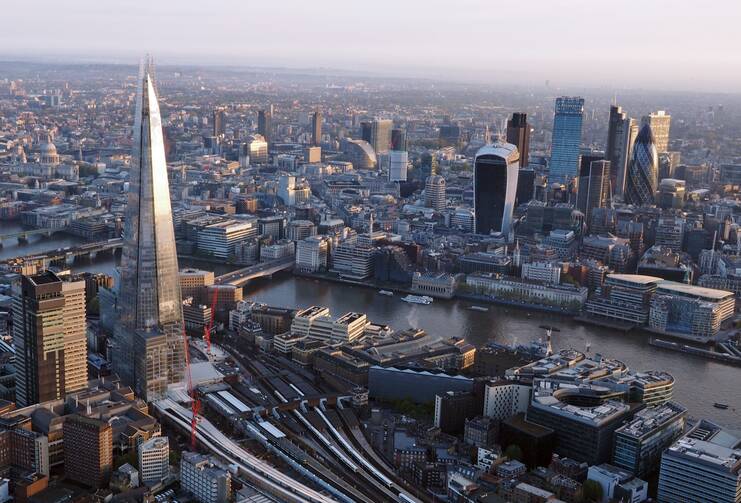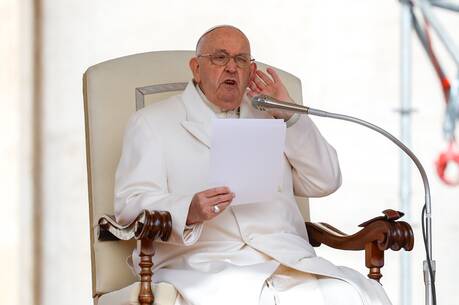London’s skyline is among the most recognizable of the world’s great cities—it still yields a thrilling view if you have a window seat out of Heathrow Airport—but anyone who last saw it five years ago would be astonished today. Central London has seen frequent change in recent years.
Not every Londoner is happy about that. Along the River Thames, to the east and the west, new tall buildings shoot up almost monthly. Many more are planned. A frequently voiced opinion reveals a growing sense that London’s expansion responds to the city’s developers’ relentless monetizing of any available space rather than to a policy of creating spaces people would like to live and work in.
We have seen rapid development distributed widely; the city has grown laterally and vertically. A whole new business district has grown up in Docklands. Both the changing nature of freight transportation and the efforts of the Luftwaffe in the early 1940s left that eastern district ripe for development.
Now it is established, with its futuristic driverless Dockland Light Railway and some of Europe’s tallest buildings and even its own short-haul airport built on an abandoned wharf. In real estate agent-speak, “desirable” riverside apartments open regularly, still sitting uneasily alongside ever-fewer rows of brick Victorian terraces. Older, established East End communities were fragmented to make way for professional newcomers. To some, Docklands is the future; to others it’s a glass and steel nightmare.
More recently, the U.S. government announced plans to build a new £620-million embassy in the Nine Elms district on the river’s south bank. Its glass-cube design has already become a magnet for adjacent development along the riverbank, another run-down area zoned for regeneration that is already unrecognizable from its state just a few years ago. The current U.S. Embassy, by common consent one of London’s ugliest buildings, will become a top-end hotel.
Further west along the south bank, Apple just announced its stake in an even bigger development at the former Battersea Power Station. Derelict for over 30 years, yet a local landmark (ask any Pink Floyd fan)—its four thick chimney stacks make it look like an upturned pool table. The software giant will move over 1,000 staff members into a new Apple campus at Battersea by 2021. The redevelopment of the old generating plant, an Art Deco masterpiece, has seen several previous false starts.
Looking east, another familiar riverside structure will soon close for expensive refurbishment. The Houses of Parliament, listed jointly with the adjacent 1,000-year-old Westminster Abbey as a Unesco World Heritage site, needs urgent work. Much of the mid-19th century structure is crumbling. Happily, its Westminster Hall, dating from 1099 and still in use, is in good order. Some Brits, of course, feel that it is the inhabitants of that gothic monstrosity that need an upgrade, if not a direct replacement, but for the time being it is the structure that has become nearly unusable.
A joint committee of Parliament recently recommended urgent action, citing “an impending crisis which we cannot responsibly ignore...a substantial and growing risk of either a single, catastrophic event, such as a major fire, or a succession of incremental failures.” Its electrical and mechanical systems, including the popular but misnamed Big Ben tower (Big Ben is the bell, not the clock or the tower) have never been renovated. Work will require temporary accommodation for the members of Parliament and Lords. The total cost is likely to be over £6 billion.
As the buildings go up, Londoners are beginning to ask questions about growing threats to their city’s muddled, lovable chaos. Recent polling found that over 60 percent of them are unhappy with their city’s rapid development, fearing for the vitality of communities and concerned about getting tossed aside like derelict buildings in this changing landscape.
The city’s new mayor, Sadiq Khan, has responded, halting development of the Garden Bridge over the Thames. It was his predecessor Boris Johnson’s pet project, now roundly denounced as an unnecessary, elitist waste of public money. The mayor plans instead five new river crossings that may be more useful to real people and families—you know, the city’s actual inhabitants.
Cities are always changing and growing, of course. But London’s real beauty lies in its untidy, messy variety. May that yet be saved from the ravages of the developers.








